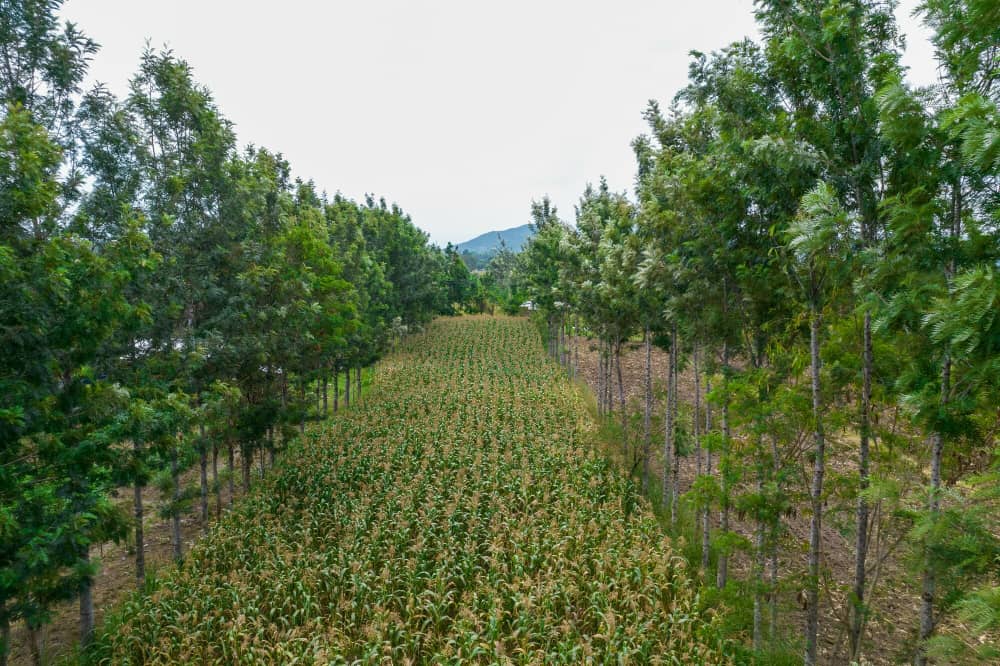Agroforestry, the practice of integrating trees into agricultural landscapes, has been recognized as a vital approach to promoting sustainable agriculture and environmental conservation in Africa. The continent, with its diverse ecosystems and agricultural traditions, offers immense opportunities for adopting and scaling up agroforestry practices. In this article, we will explore the benefits, challenges, and strategies for promoting agroforestry practices in Africa.
Benefits of Agroforestry in Africa
Agroforestry offers numerous benefits to African farmers, communities, and the environment. Some of the key advantages include:
- Improved soil health: Trees help to maintain soil fertility, reduce erosion, and increase water retention, leading to improved crop yields and reduced soil degradation.
- Biodiversity conservation: Agroforestry systems promote biodiversity by providing habitat for a variety of plant and animal species, which in turn support ecosystem services such as pollination and pest control.
- Climate change mitigation: Agroforestry practices can help to sequester carbon, reduce greenhouse gas emissions, and promote climate resilience.
- Increased income and livelihoods: Agroforestry can provide farmers with additional income streams through the sale of tree products, such as fruits, nuts, and timber.
- Enhanced food security: Agroforestry systems can improve food security by providing a diverse range of food products, including fruits, vegetables, and livestock products.
Challenges to Agroforestry Adoption in Africa
Despite the numerous benefits of agroforestry, there are several challenges that hinder its adoption in Africa. Some of the key challenges include:
- Limited awareness and knowledge: Many African farmers and communities lack awareness and knowledge about the benefits and practices of agroforestry.
- Inadequate policy and institutional support: Weak policy and institutional frameworks can hinder the adoption and scaling up of agroforestry practices.
- Limited access to finance and markets: African farmers and communities often face challenges in accessing finance and markets for agroforestry products.
- Competition from other land uses: Agroforestry often competes with other land uses, such as urbanization, mining, and large-scale agriculture, which can lead to deforestation and land degradation.
Strategies for Promoting Agroforestry Practices in Africa
To overcome the challenges and promote agroforestry practices in Africa, the following strategies can be employed:
- Raise awareness and build capacity: Educate and train African farmers, communities, and policymakers about the benefits and practices of agroforestry.
- Develop and implement supportive policies: Strengthen policy and institutional frameworks to support agroforestry adoption and scaling up.
- Provide access to finance and markets: Establish financing mechanisms and market links to support African farmers and communities in adopting and scaling up agroforestry practices.
- Promote integrated landscape management: Encourage integrated landscape management approaches that balance competing land uses and promote sustainable agriculture and environmental conservation.
- Foster partnerships and collaborations: Build partnerships and collaborations among governments, civil society organizations, private sector companies, and research institutions to promote agroforestry practices in Africa.
Case Studies and Success Stories
There are several successful agroforestry initiatives and projects in Africa that demonstrate the potential of agroforestry practices to promote sustainable agriculture and environmental conservation. Some examples include:
- The Green Belt Movement in Kenya: This initiative, founded by Wangari Maathai, promotes agroforestry and sustainable land use practices among smallholder farmers in Kenya.
- The Agroforestry Programme in Rwanda: This programme, supported by the Rwandan government and international partners, promotes agroforestry practices among smallholder farmers to improve livelihoods and environmental sustainability.
- The African Forest Landscape Restoration Initiative (AFR100): This initiative, launched in 2015, aims to restore 100 million hectares of degraded landscapes in Africa by 2030, with agroforestry as a key strategy.
Conclusion Agroforestry practices offer immense potential for promoting sustainable agriculture and environmental conservation in Africa. By raising awareness and building capacity, developing and implementing supportive policies, providing access to finance and markets, promoting integrated landscape management, and fostering partnerships and collaborations, we can overcome the challenges and scale up agroforestry practices in Africa. The success stories and case studies from across the continent demonstrate the potential of agroforestry to improve livelihoods, promote environmental sustainability, and support climate change mitigation and adaptation efforts.

